The kitchen is more than just a cooking space. It is often considered the heart of the home, a place where people gather, share meals, and make memories. But sometimes, even when it is spotless, a kitchen can feel unwelcoming. The issue usually lies in design choices, lighting, clutter, or lack of personal warmth. Professionals emphasize that creating an inviting kitchen does not always require a full remodel. Often, small adjustments in style and function can completely transform the ambiance. Below are nine common mistakes that make kitchens look unappealing, along with simple and practical fixes recommended by designers.
1. Clutter
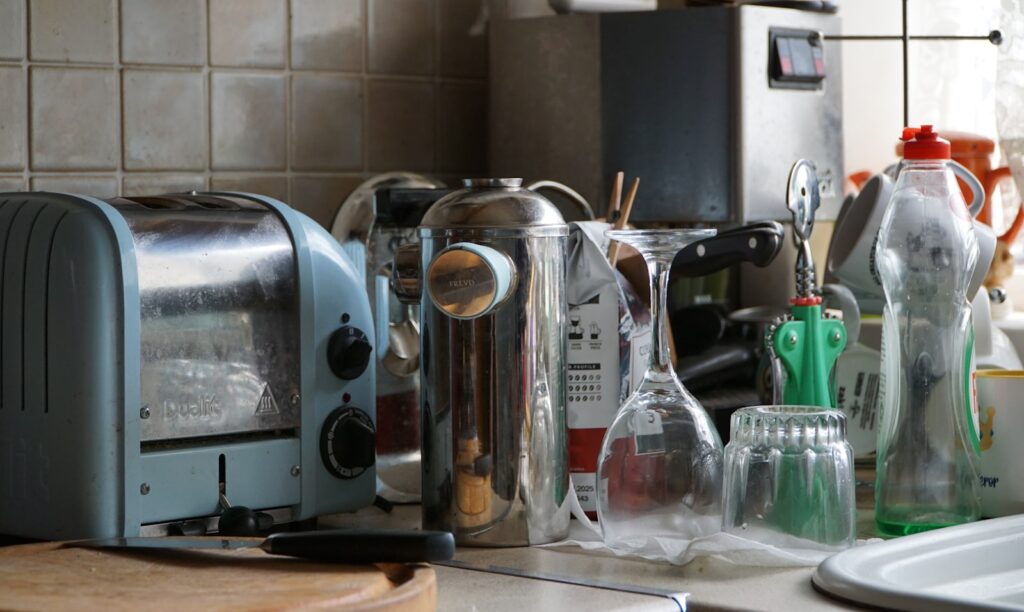
Clutter is one of the fastest ways to make a kitchen feel unappealing. When countertops are crowded with appliances, utensils, and mismatched items, the space loses its sense of calm and order. A messy sink filled with dishes or cabinets overflowing with poorly stored tools can make the kitchen feel overwhelming and stressful. Professional designers suggest creating intentional storage solutions like drawer organizers, pull-out shelves, or appliance garages. Keeping everyday items within reach but neatly hidden gives the kitchen a clean and breathable look. A little decluttering every day also helps maintain a welcoming atmosphere over time.
2. Cold Finishes
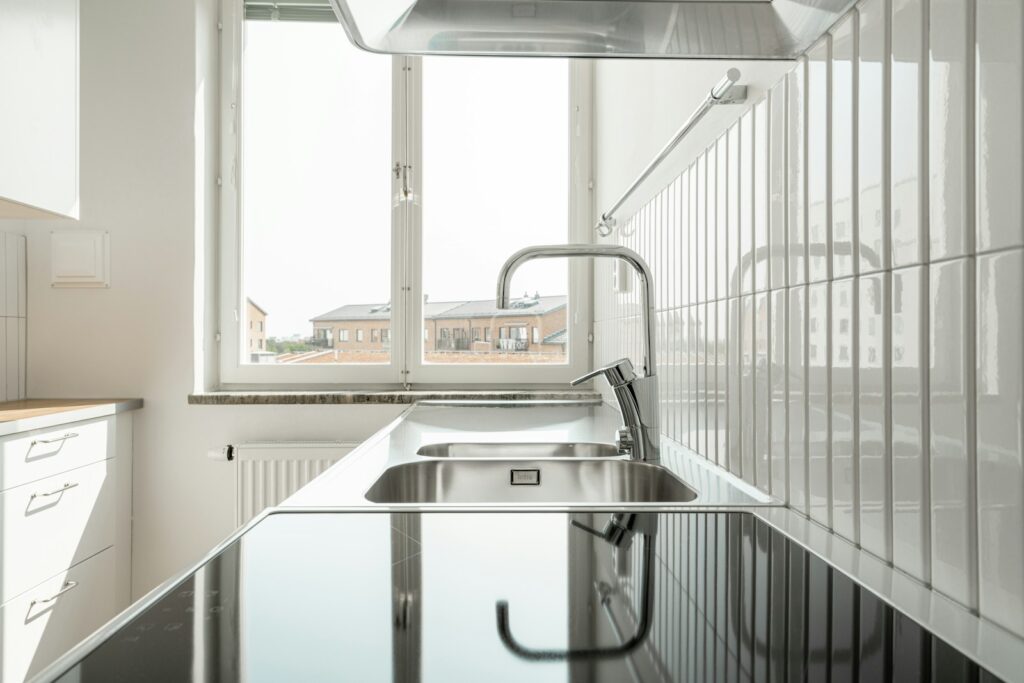
A kitchen filled with shiny stainless steel, high-gloss surfaces, and stark white materials can easily feel clinical instead of cozy. While modern finishes look sleek, too many of them can strip the room of warmth. Professional designers recommend balancing these materials with natural textures such as wood, stone, or matte finishes. Adding warm metallic accents like brass or copper can soften the look while still feeling stylish. Even small changes, like incorporating woven baskets, wooden cutting boards, or fabric elements, can create a more welcoming environment. The goal is to blend functionality with a sense of comfort and character.
3. Bright Cold Overhead Lighting
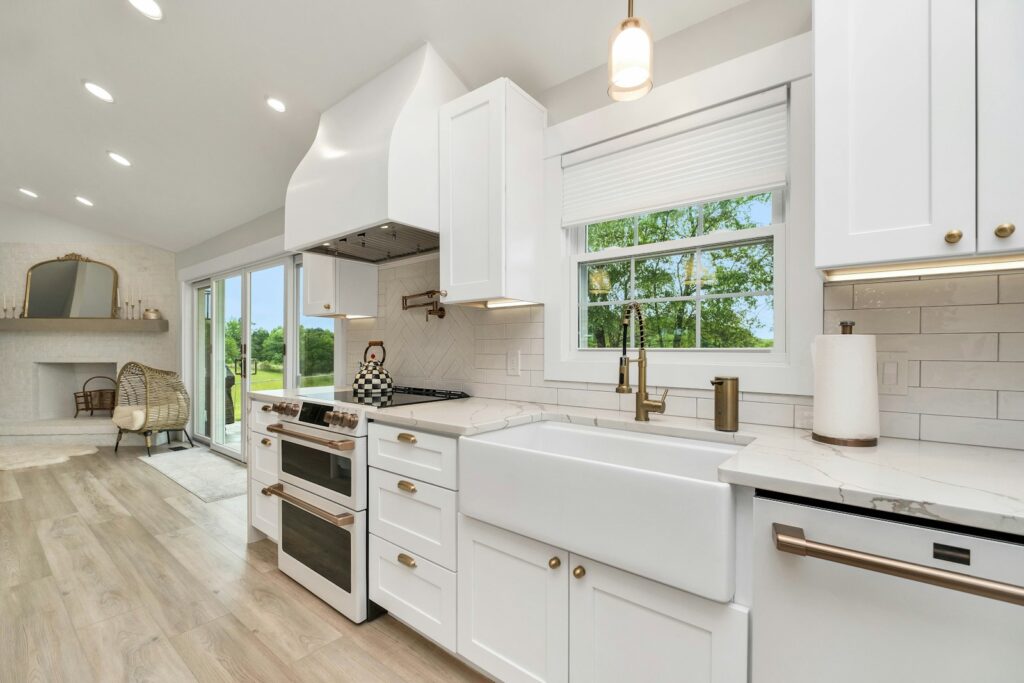
Lighting can completely change how a kitchen feels. Harsh overhead lights, especially with bright white or cool-toned bulbs, can make the space feel flat and uncomfortable. This type of lighting often emphasizes every flaw while eliminating warmth. Designers recommend using layered lighting instead. Ambient lighting provides general brightness, task lighting helps with cooking, and accent lighting adds character. Choosing bulbs with a warmer temperature also makes a big difference in mood. Dimmer switches can add flexibility so the kitchen feels bright during meal prep but soft and inviting during gatherings. Balanced lighting creates both functionality and charm.
4. Lack of an Island or Gathering Spot
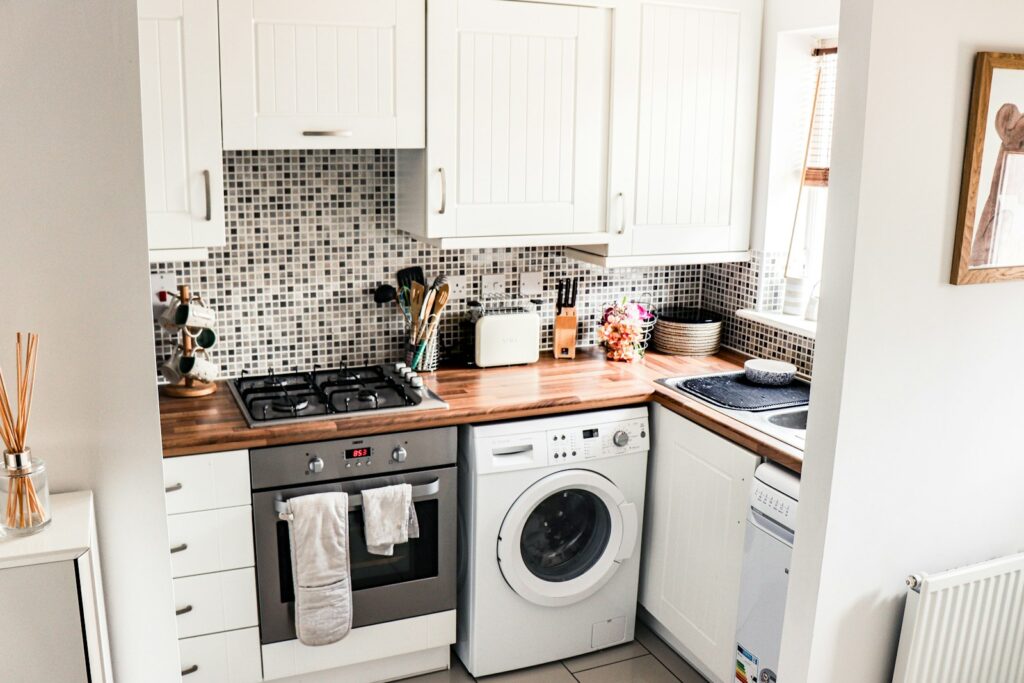
Kitchens are not just for cooking; they are often social spaces. When there is no designated gathering area, the room can feel purely functional and less inviting. A kitchen island or peninsula offers a natural place for people to sit, chat, or help with meal prep. If the kitchen is small, even a movable cart or a breakfast bar can serve this purpose. Designers suggest adding stools or chairs to encourage interaction. A gathering spot makes the kitchen feel like the heart of the home, turning it into a place where both meals and memories are made.
5. Absence of Personal Touches
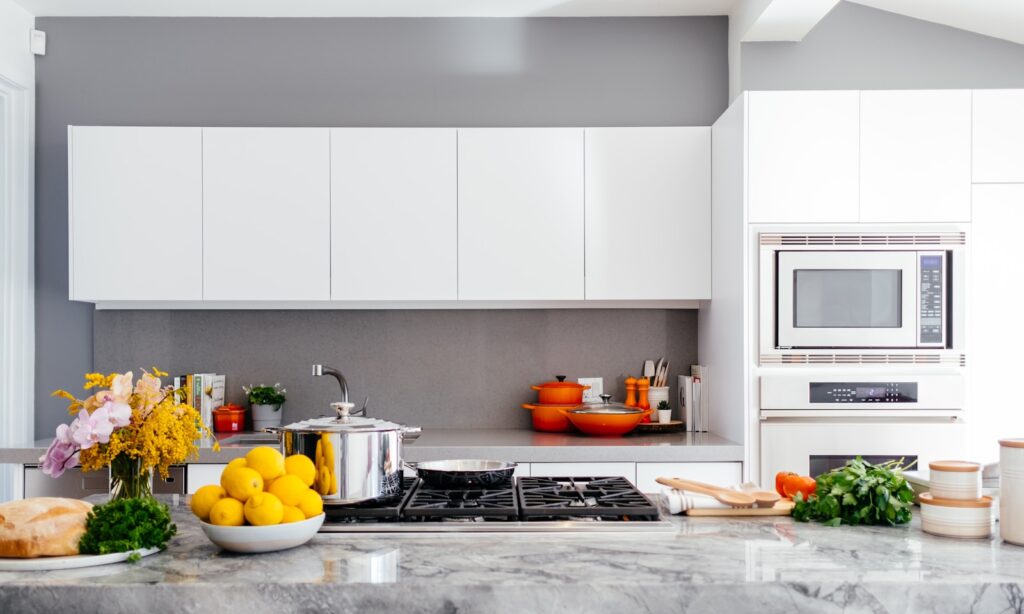
A kitchen that feels too perfect or overly designed can lack soul. Without personal touches, it risks coming across as cold and impersonal. Designers stress the importance of small details that reflect the homeowner’s personality. Adding framed photos, artwork, plants, or decorative bowls instantly makes the space feel more lived-in. Displaying a collection of cookbooks, a family recipe board, or even colorful dishware adds character. The goal is not to clutter the space but to create thoughtful accents that bring warmth. These personal touches make the kitchen feel unique, inviting, and connected to the people who use it daily.
6. Oversized or Uncomfortable Seating
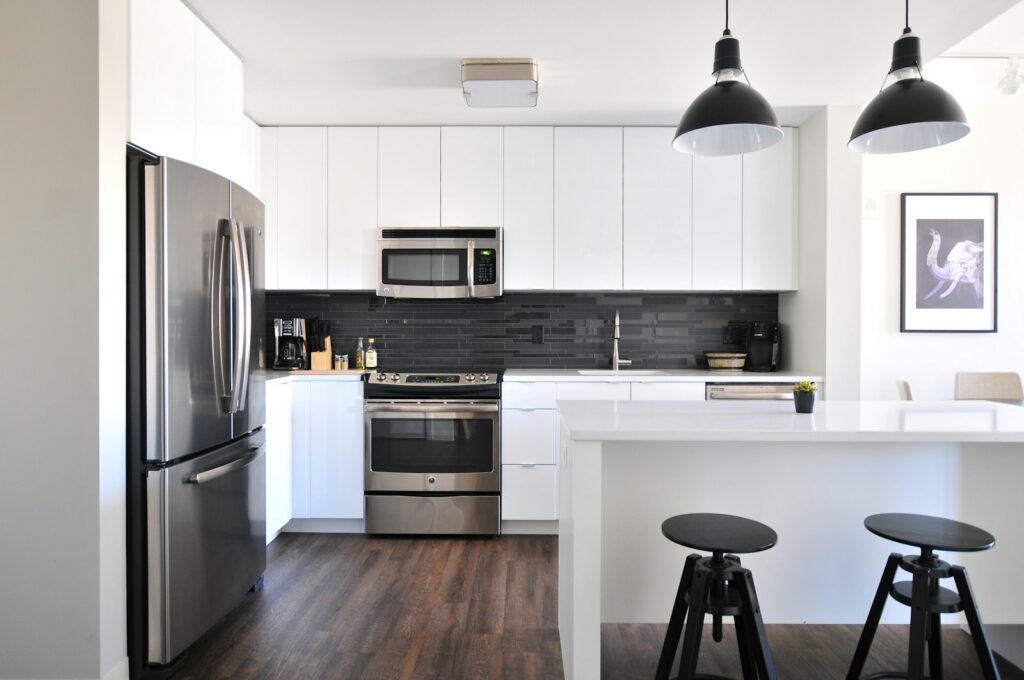
Seating plays a huge role in how welcoming a kitchen feels. Large, rigid, or uncomfortable chairs and stools can discourage people from sitting and staying. Oversized furniture may overwhelm the room, while stiff stools can make gatherings less enjoyable. Designers suggest choosing seating that is comfortable, appropriately scaled, and easy to use. Padded stools, chairs with backs, or cushioned seats can make a big difference. The goal is to create a space where guests and family members want to linger. Comfortable seating not only improves usability but also enhances the kitchen’s role as a warm and social hub.
7. Poor Layout and Flow
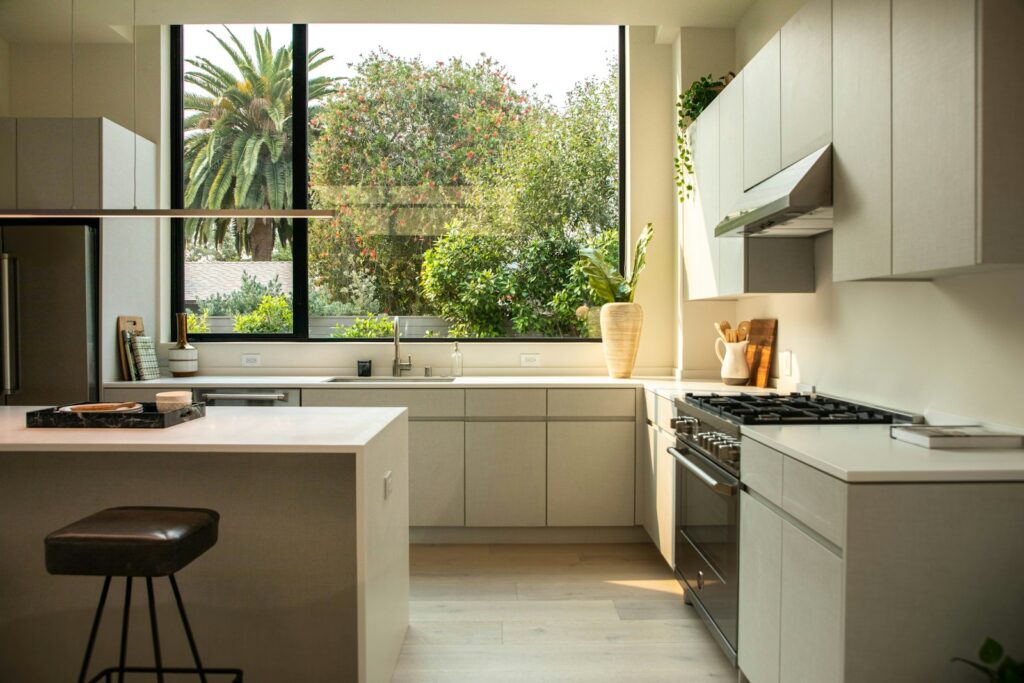
The layout of a kitchen determines how functional and inviting it feels. Poor circulation, blocked sightlines, or cramped walkways can make the space feel awkward and unwelcoming. Designers emphasize the importance of the work triangle between the sink, stove, and refrigerator. These areas should be easily accessible without unnecessary obstacles. If the space feels tight, rearranging furniture or adjusting cabinet placement can improve flow. Opening sightlines to dining or living areas also helps. A good layout allows for smooth movement and interaction, making the kitchen more enjoyable to use while fostering a natural sense of connection and hospitality.
8. All White Designs Without Contrast
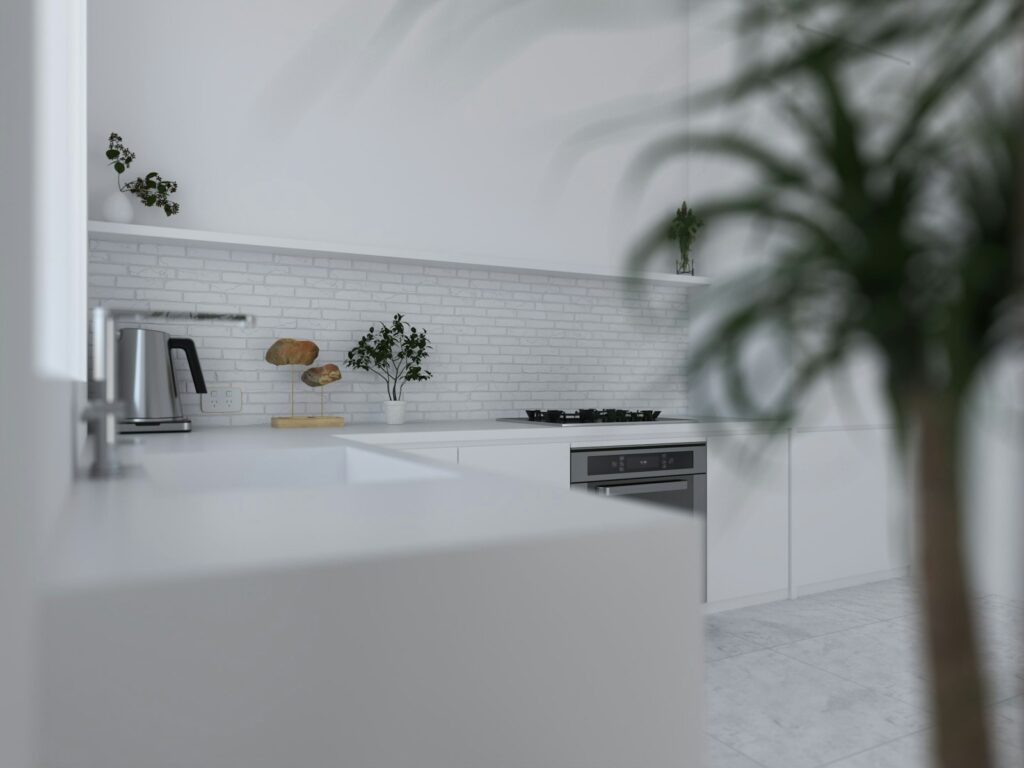
An all-white kitchen can look elegant but often risks feeling too sterile. Without contrast, depth, or texture, the space may lack personality and warmth. Designers recommend breaking up a white palette with accent colors, wood tones, or textured surfaces. Painting an island in a contrasting shade, adding patterned tiles, or introducing natural stone can make the space more dynamic. Even subtle changes like warm lighting, brass hardware, or colorful accessories can transform the atmosphere. White kitchens are timeless, but with thoughtful contrast, they can feel both fresh and inviting rather than cold and clinical. Balance is the key.
9. Missing Connection to Surrounding Spaces
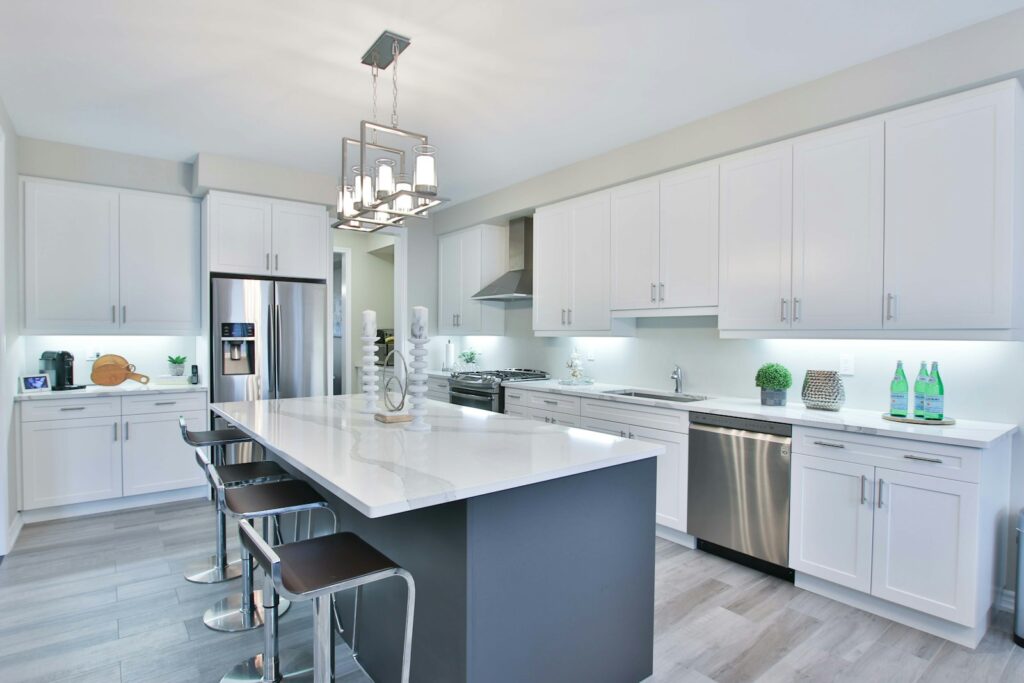
A kitchen that feels cut off from the rest of the home can seem cold and isolating. When walls or poor design separate the kitchen from dining or living spaces, it loses its role as a gathering hub. Designers often suggest creating visual connections through open shelving, wide doorways, or consistent color schemes that flow into adjacent rooms. Even small changes like using glass doors, pass-through windows, or decorative continuity can help. A kitchen that feels integrated with surrounding spaces naturally becomes more inviting. The sense of openness encourages conversation, interaction, and warmth, making it feel like home.
Comments